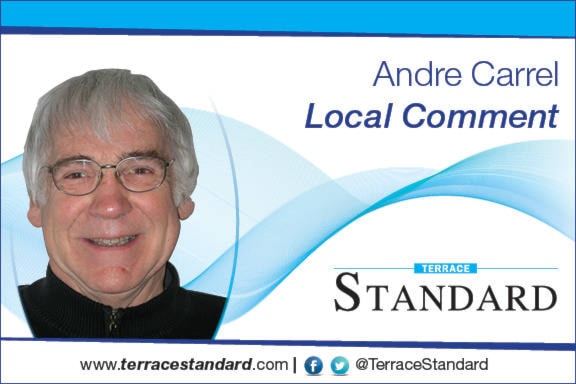Municipal elections are still a way down the road, but close enough to give a thought to their significance. Who are the people doing the voting, and what are we voting for?
If we see ourselves as taxpayers, the place to start looking for answers as to what we will be voting for is the last page of the city’s 2017 Annual Report. There we find the summary of the City’s ‘Tangible Capital Assets’. A tangible capital asset is anything that has a long-term physical existence and that is used to serve specific purposes.
The focus of this column is on just four of these assets: transportation (streets, sidewalks, lanes), water, sewer, and drainage. The net book value of these four assets is reported to be $48,155,886. That is a tidy sum of money! The problem is that this amount is not a cash asset; it is not as if the City had $48 million sitting in the bank. These four tangible assets are on and under the ground – mostly hidden from sight.
Tangible assets have one problem in common: cumulative depreciation. The minute a new road is opened to traffic it begins to wear, and with that it begins to depreciate. It may still look like new pavement after a year, even after four years (one council term), but even if it does not yet show, deterioration and depreciation are real. By the time potholes appear, depreciation has advanced considerably.
Major reconstruction projects (e.g. Pheasant Street or Greig Avenue) look impressive and they are expensive. Did anyone keep track of the amount of money spent on patching potholes – in the case of Greig Avenue patching, re-patching, and re-re-patching potholes year after year after year? Cumulative depreciation does not show in year one, but it is nonetheless real. Every dollar of the city’s $48 million in tangible capital assets is subject to cumulative depreciation. The need for major reconstruction projects today is a consequence of inattention to cumulative depreciation’s unequivocal reality going back decades.
The term over which our community’s tangible assets depreciate extends far beyond the term which the council members we will be electing will serve. We need to reflect on what is shown on page 64 of the city’s 2017 Annual Report. The city is but the nominal owner of these assets; the citizens residing in this community are the true owners. One way or the other we paid for their acquisition and we elect council to take good care of our assets.
As owners we pay the consequences for decisions council makes on our behalf. Are we to take our responsibilities as owners of tangible assets seriously? We can save taxpayers’ dollars over the long term if we decide to pay for the upkeep of our tangible capital assets at the rate of their depreciation. Or we can save taxpayers’ dollars in the short term, keep the cost of upkeep to a minimum by patching potholes as they open up and leave a legacy of Greig Avenue-style projects to future generations. The cost of the cumulative depreciation of our tangible capital assets will eventually have to be paid one way or the other.
We will be electing fellow-citizens to serve as caretakers of our assets and as facilitators for our community’s social, cultural, environmental, and economic resources. Thoughts on these topics will follow in future columns.
This is the first of three columns Andre Carrel will present here leading up to the municipal elections.
